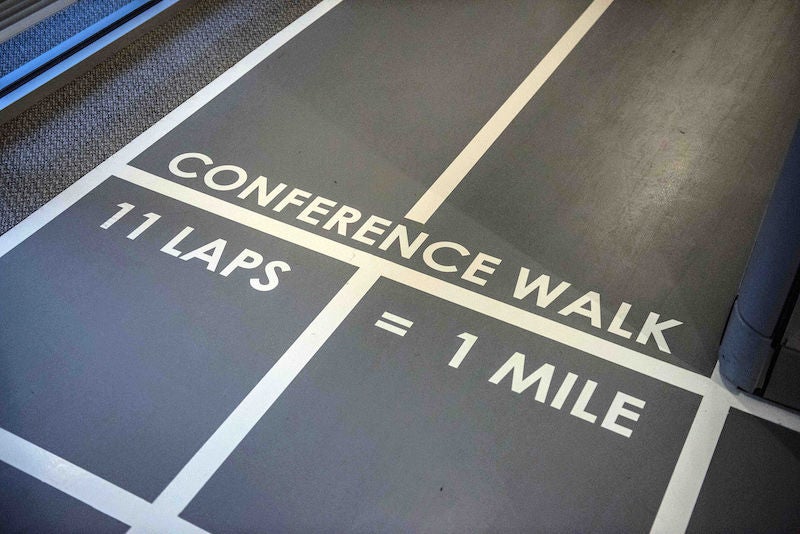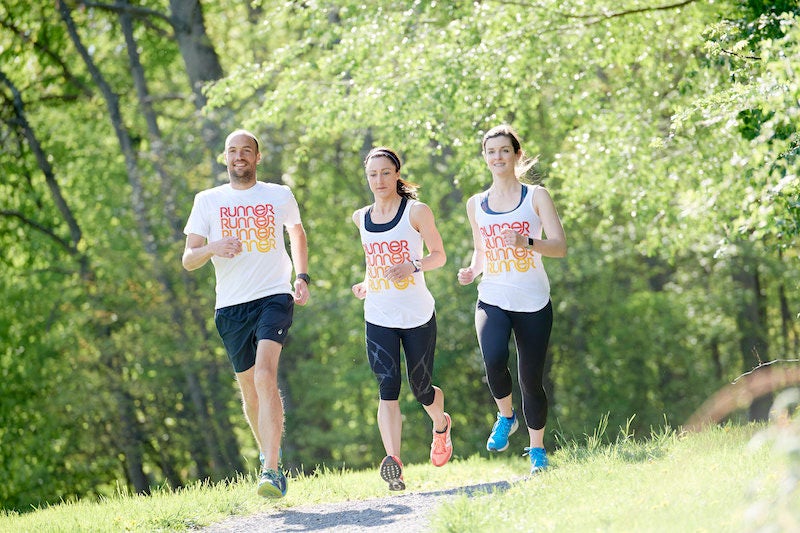Quick. Are you sitting down? You might want to take a short sprint to the water cooler or just get up and stretch.
A growing body of research shows that logging long hours behind a desk raises the risk of chronic health ills like heart disease, obesity, diabetes, depression, and even cancer. “There’s a consistent association between sitting and health,” says Peter Katzmarzyk, PhD, associate executive director for population science at the Pennington Biomedical Research Center in Baton Rouge, LA. “We’re not designed to be sedentary.”
Because of that, some companies are redesigning their workspaces to limit harmful sitting time and encourage movement. That’s welcome news as work itself has become much more sedentary. A 2011 study found that jobs requiring moderate physical activity account for only 20 percent of the labor market, down from 50 percent in 1960. Luckily a 2015 survey from the Society for Human Resources Management found that almost 70 percent of workplace organizations offered some type of wellness program, resource, or service — often involving activity — up from 58 percent in 2008.
The threat of inactivity is real. In one landmark study, Pennington researchers found that people who spent most of the day sitting were 54 percent more likely to die of heart attacks. In another study, which used data from the Centers for Disease Control and Prevention, the researchers estimated that if everyone sat no more than three hours a day, the average life span would rise by two years.
“Breast cancer has a dose-dependent relationship with sitting time,” says James A. Levine, MD, PhD, an endocrinologist at the Mayo Clinic in Rochester, MN, and author of Get Up! Why Your Chair Is Killing You and What You Can Do About It. “The more a person sits in a group, the greater their risk of getting the disease.”
Sitting or lying for hours at a time inactivates the body’s large muscles, especially those in the legs and back, triggering a cascade of harmful metabolic changes. “Sitting disrupts blood sugar levels, lowers the breakdown of harmful cholesterol, and reduces calorie burning,” says Katzmarzyk. According to a study from the University of Massachusetts at Amherst, just one day of inactivity reduced insulin action by an average of 40 percent in a group of men and women.
Getting up and moving has the opposite effect. Taking a two-minute walking break every 20 minutes significantly improved glucose metabolism among subjects in a study from the Baker IDI Heart and Diabetes Institute in Melbourne, Australia.
“We designed a society where everyone was meant to be seated for as long as possible,” says Levine. “But now we understand that that was a bad idea and ingenuity and creativity are reversing that.”
Here are some ideas from groundbreaking workplaces to help you DIY design your own workspace for movement.
Bicycle racks
Cycling to work is a great way to become more active. Proper bicycle storage can make the difference between commuting on two wheels or sitting behind the wheel. At the Medibank Place building in Melbourne, Australia, designed to emphasize employee health and wellness, a bike ramp spirals up from the street directly into the building to an internal bike storage area. The feature has led to a 60 percent rise in staff members’ cycling to work.








